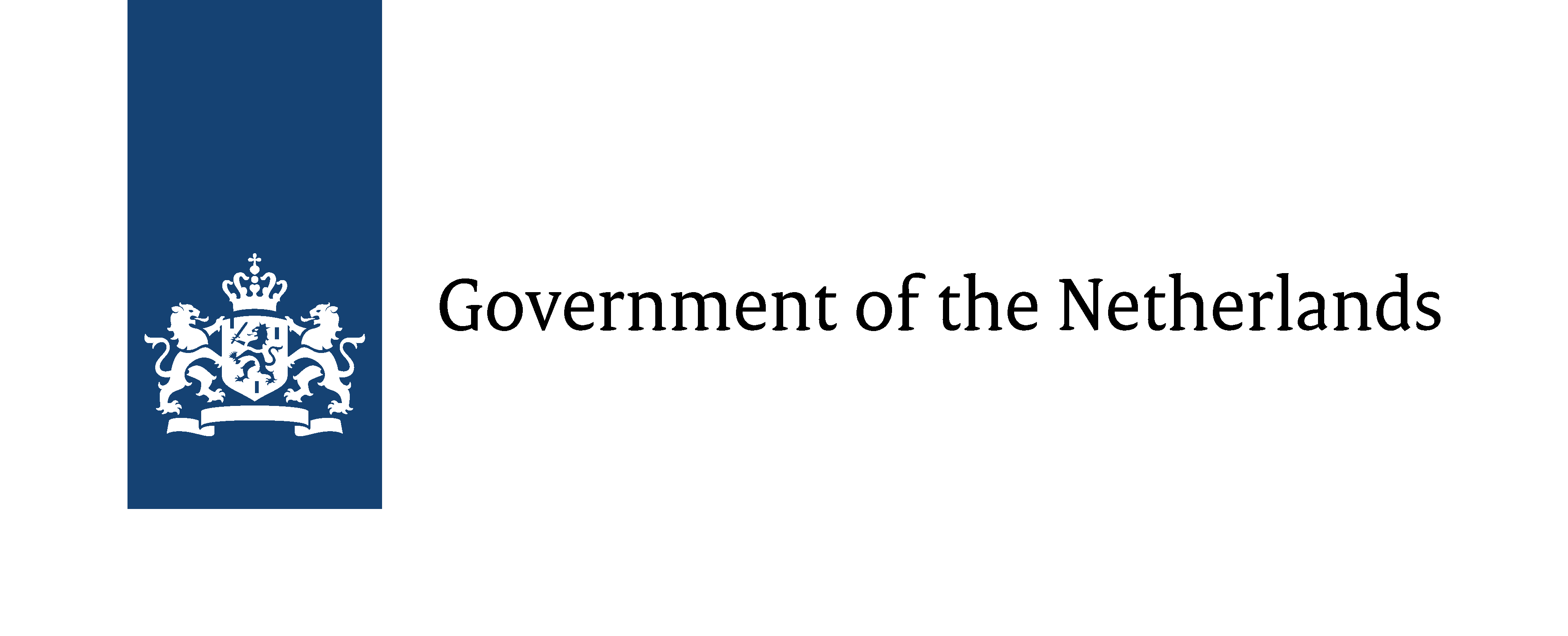Short history of urbanization; urban and regional planning
Turkey, like many developing countries, faced rapid urbanization following World War II. Later mechanization of agriculture resulted in a flow of much the rural population towards cities. These unskilled rural migrants boosted the economy of the rapidly industrializing country. During this period existing housing and infrastructure systems were inadequate for the newcomers. As a result, increased land speculation and an illegal housing market appeared. Cities started to expand in an unforeseen and uncontrollable manner. New ‘gecekondu’ areas were constructed for the low income population and cooperative housing structures were constructed for the middle income population. Gecekondu structures, while high in quality compared to favelas and other illegal areas, are low density rural housing units attached to the cities in the 1950s. To give an impression of this development, the percentage in partially or totally illegal housing (including Gecekondus) in Istanbul is as follows: 1955 = 4,7%, 1970 = 23,7%, 1984 = 50 %, 1995 = 60,9% and nowadays the percentage is estimated around 70%.
Mass housing actGovernment, aware of the housing and infrastructure problem, didn’t come up with a solid housing provision model until the 1980s (with mass housing acts and models). The central and local government became actors in housing provision almost 30 years later than the beginning of the actual need, while the gecekondu areas that were built in the meantime, had been legalized through amnesty laws and had basic infrastructure already. Beginning from the 1970s, the ownership ratio in gecekondus started to decrease and in the 1990s, within a new economic era that prioritized the private sector, newcomers to the city encountered a different picture compared to the first flow of urban migrants. They couldn’t find formally arranged employment (unlike the previous migrants who found work in industry), housing or available land located nearby the city to build their own houses (the land was already occupied). Government implemented a series of amnesty laws which legitimized some of the illegal settlements. Rapid growth in the urban population and inadequate policies and strategies to cope with this growth resulted in today’s large cities in Turkey with inadequate physical, social and cultural infrastructure, green areas, losing part of their identity within the rapid development, and having severe traffic and accessibility problems (Tekeli, 2010).
Urban-rural migration and effectsIn Turkey, the urban-rural population balance has changed with increasing speed starting from the ‘50s. To give an idea of urban-rural migration in Turkey: in 1950 21 million people lived in the countryside, which was 78 % of the population. In 1994 60,5 million lived in cities, which is 64,9 % of the population. Also the population shifted from the Eastern to Western part of the country, which was more favored. Today the Marmara region (including Istanbul) is producing around 30% of the overall GDP (2006 figures of TUIK), and most of the industrial activity is located in this region, which still makes the area a magnet for the population in search for formal employment and better living conditions. Accumulation of production and GDP in the Marmara region is not only problematic in the sense of regional imbalances, but it is also a highly earthquake prone area. The Marmara region is open to great losses in case of a major earthquake, which is expected to occur in the coming decade.
Urban transformationThe planning system in Turkey anticipates a hierarchy in plans, starting from national development plans, regional plans, city plans, development plans, application plans, conservation plans, squatter prevention plans, urban design projects, and urban transformation projects (as defined in Renewal Law, Legal act 5366). As a part of intervening in rapidly growing major cities, urban transformation plans and projects have been used in the last ten years. These urban transformation projects, being above and therefore becoming the strongest planning tool to any other plan in progress for an area, brings large jurisdiction to Greater City Municipalities like cities such as Istanbul and Ankara. Recent applications of these plans have been ongoing in areas such as Sulukule and Tarlabaşı in Istanbul, and the northern exit of Ankara city, resulting in displacement of low-income communities and gentrification. Government lead housing provision for the low income population disregarded the inhabitants’ social structure in the areas from which they were evicted, and the dependency of the inhabitants to their former livelihoods by relocating them to distant locations (see Ünsal and Kuyucu, 2010 for a recent example). Currently most of these urban regeneration projects are realized by the Mass-Housing Authority (MHA, TOKI in Turkish). MHA, which by the government subventions and legitimized authority is the largest construction actor and government supported monopoly (Geray, 2009) in Turkey. As defined by their website MHA’s operation areas are: social housing fund raising projects, land provision and production in cities; disaster housing; urban transformation projects (squatter transformation projects); Housing production on MHA’s lands for low and middle income groups.
Urban planning educationUrban and regional planning education has been institutionalized since the beginning of the ‘60s. Today in Turkey there are 13 universities that have Urban and Regional Planning education on an undergraduate level. Chamber of Urban Planners (www.spo.org.tr) have been active since 1969 and as of 2009 there are more than 5000 registered urban planners.

